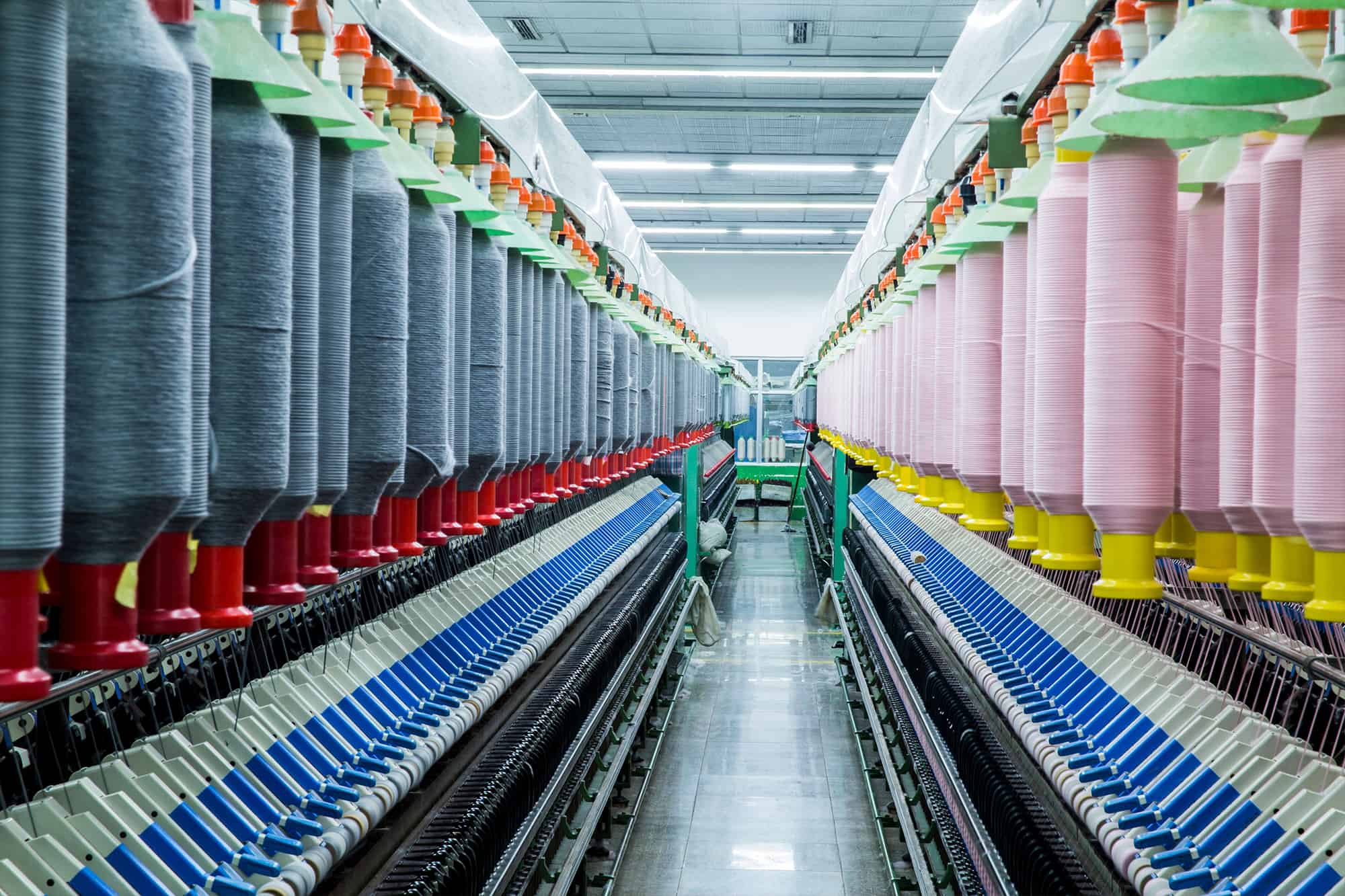Upflow Anaerobic Sludge Blanket (UASB)
A UASB (Upflow Anaerobic Sludge Blanket) reactor is a type of anaerobic wastewater treatment system that uses a process called anaerobic digestion to remove organic pollutants from wastewater.
The reactor consists of a tall cylindrical tank that is filled with a granular sludge (a mixture of anaerobic bacteria and small solid particles) that settles at the bottom of the tank. Wastewater is fed into the bottom of the tank, and as it flows upwards through the sludge blanket, the bacteria in the sludge break down the organic pollutants in the wastewater, converting them into biogas (mainly methane) and harmless by products.
The biogas produced during the process is collected at the top of the tank and can be used as a source of renewable energy. The treated wastewater exits the top of the reactor and can be further treated or discharged safely into the environment.
UASB reactors are typically used for the treatment of high-strength organic wastewaters, such as those generated by food and beverage processing plants, distilleries, and agricultural operations. They are known for their efficiency in removing organic pollutants and their ability to generate biogas, which can offset energy costs associated with wastewater treatment.
Features
- Low space requirement
- Low operating cost – power, waste sludge, chemicals
- Biogas - Potential energy recovery/renewal

Industrial Application
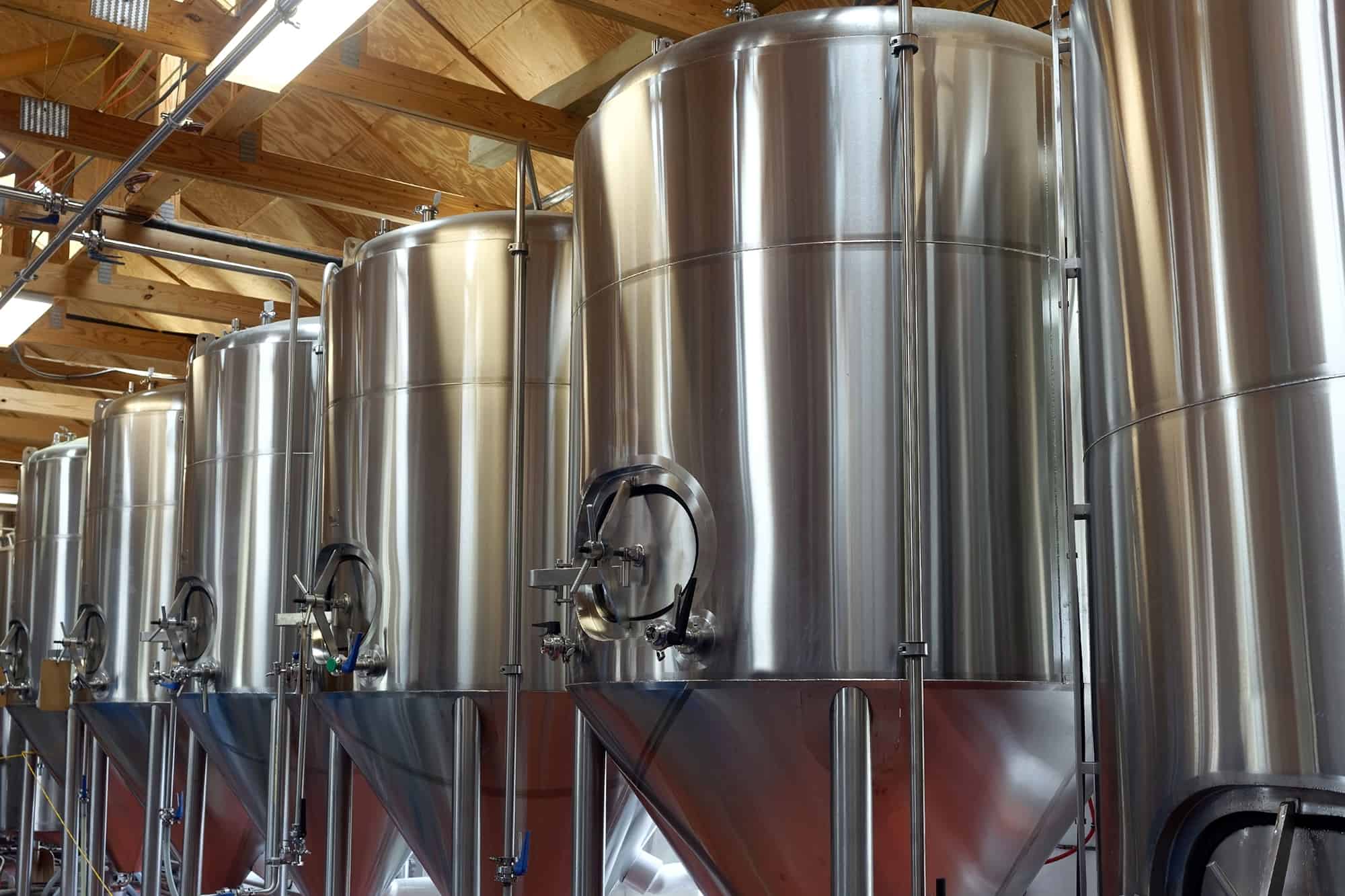
Fermentation / Brewery
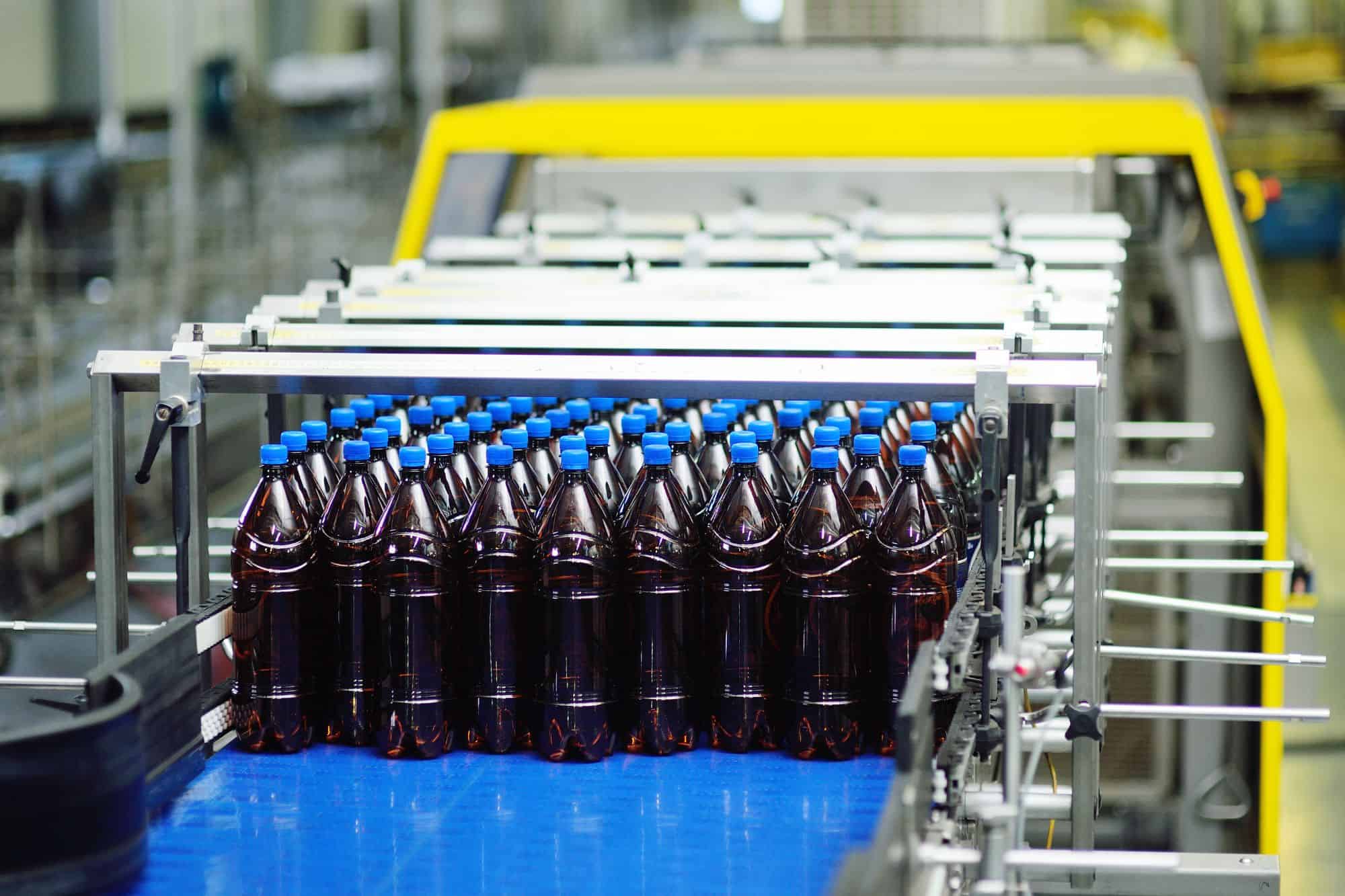
Food / Dairy / Beverages Industry
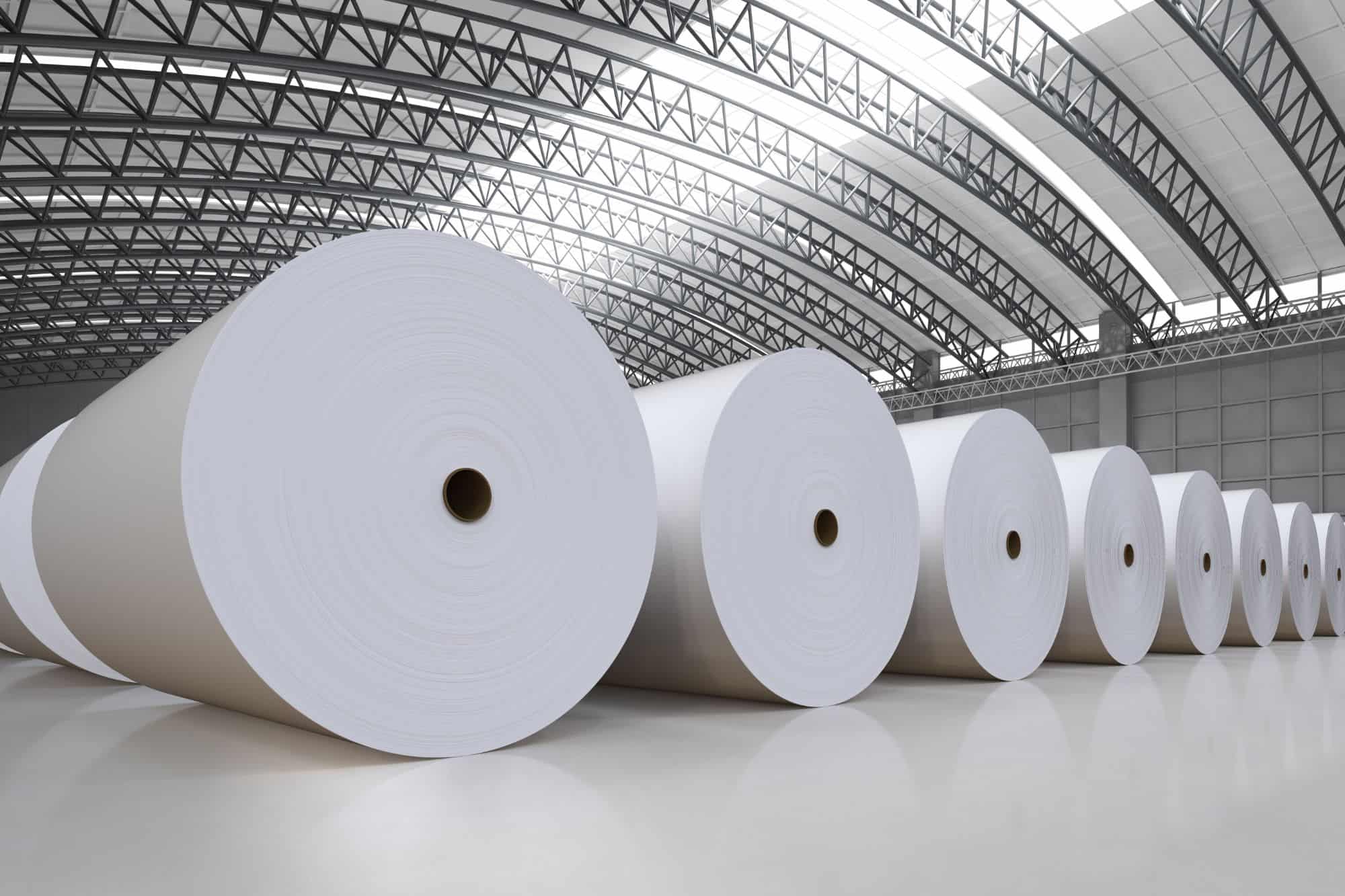
Papermill
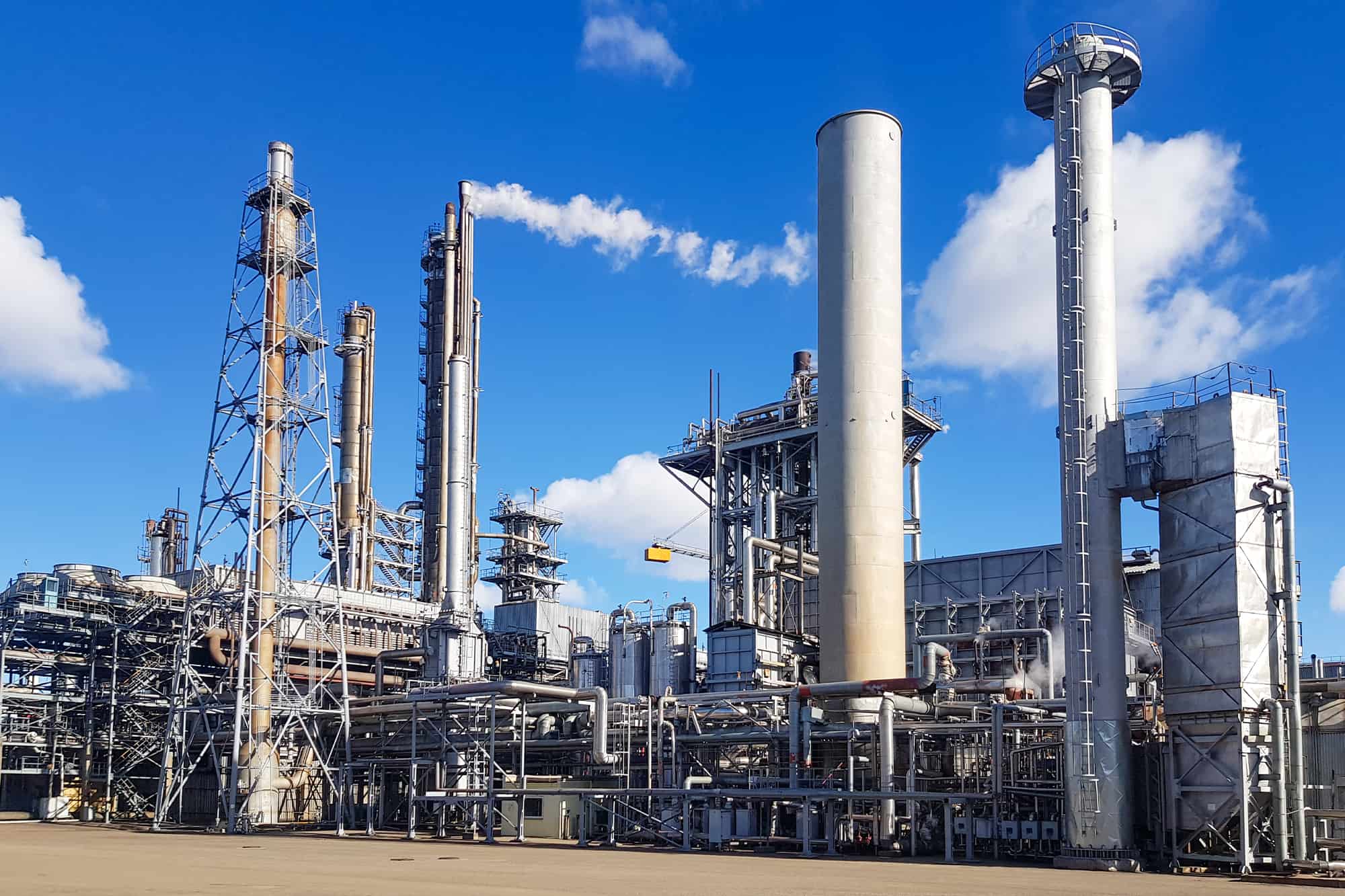
Petro-chemical / Chemical Industry
Anaerobic Fluidized Bed (AFB)
An anaerobic fluidized bed reactor (AFBR) is a type of wastewater treatment system that uses a suspended bed of dense media to support the growth of microorganisms that convert organic pollutants in wastewater into biogas. The microorganisms in the reactor are anaerobic, meaning they do not require oxygen to survive.
In an AFBR, the dense media is usually made up of small beads or granules, which provide a surface for the microorganisms to attach to and grow. Wastewater is pumped into the bottom of the reactor and flows upward through the bed of media, providing a constant source of organic matter for the microorganisms to consume.
As the microorganisms consume the organic pollutants in the wastewater, they produce biogas (mainly methane) and harmless by products. The biogas is collected at the top of the reactor and can be used as a source of renewable energy.
AFBRs are known for their high treatment efficiency, compact size, and low operating costs. They are commonly used for the treatment of high-strength organic wastewaters, such as those generated by the food and beverage industry, pharmaceuticals, and chemical manufacturing. They can also be used for the treatment of municipal wastewater and agricultural wastewater.
Features
- Able to retain a high concentration of biomass with high specific activity and handle a high volumetric loading with efficient COD removal.
- Particularly applicable to wastewater of lower concentration and to wastewater containing biological inhibitive compounds under the high hydraulic loading operation.
- Potential energy recovery (methane is usable)
- Very small footprint requirement

Industrial Application

Wastewater with bio-inhibitors / toxic compounds

Petro-chemical / chemical industry
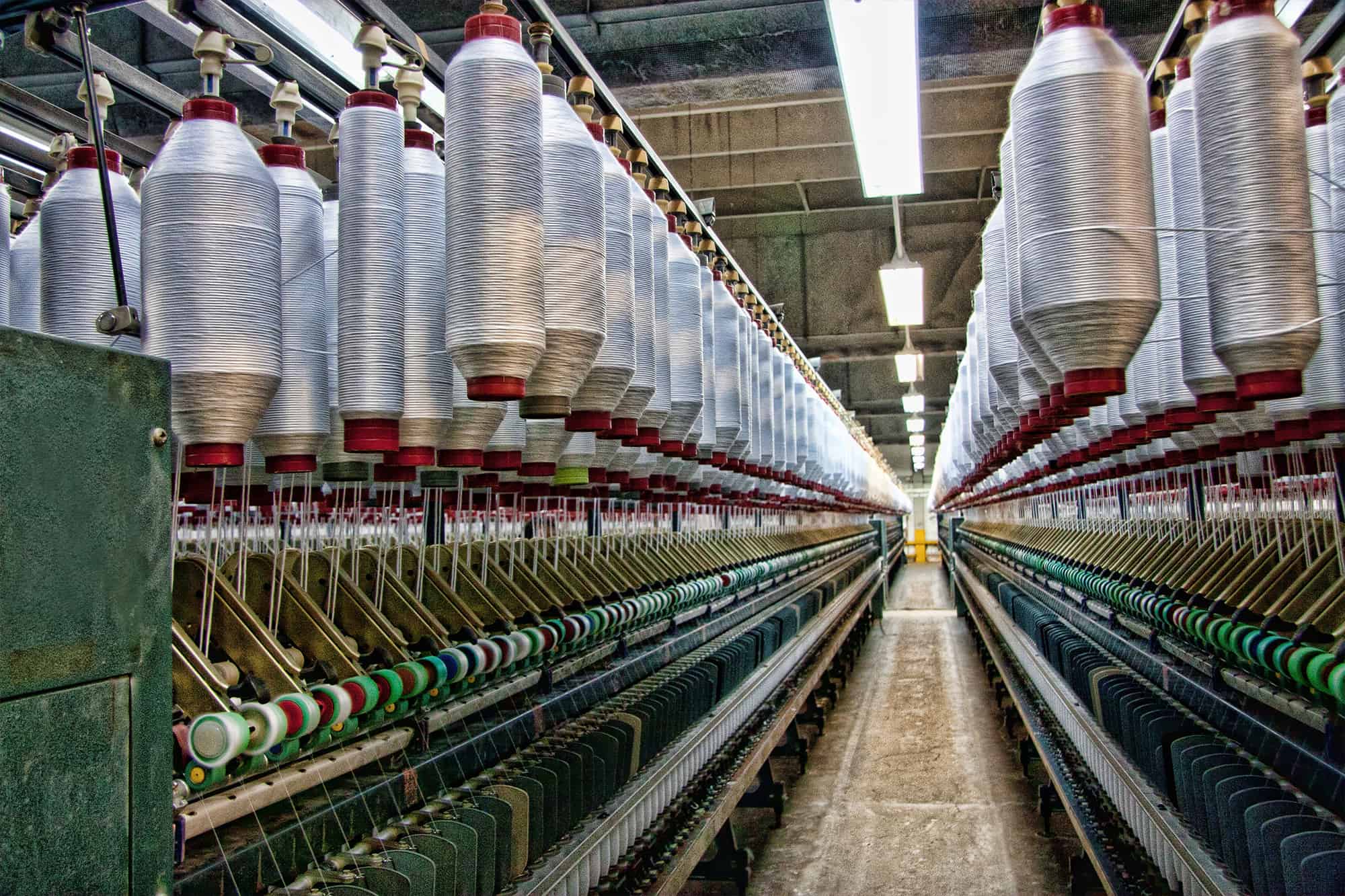
Textile industry

Food and beverage industry
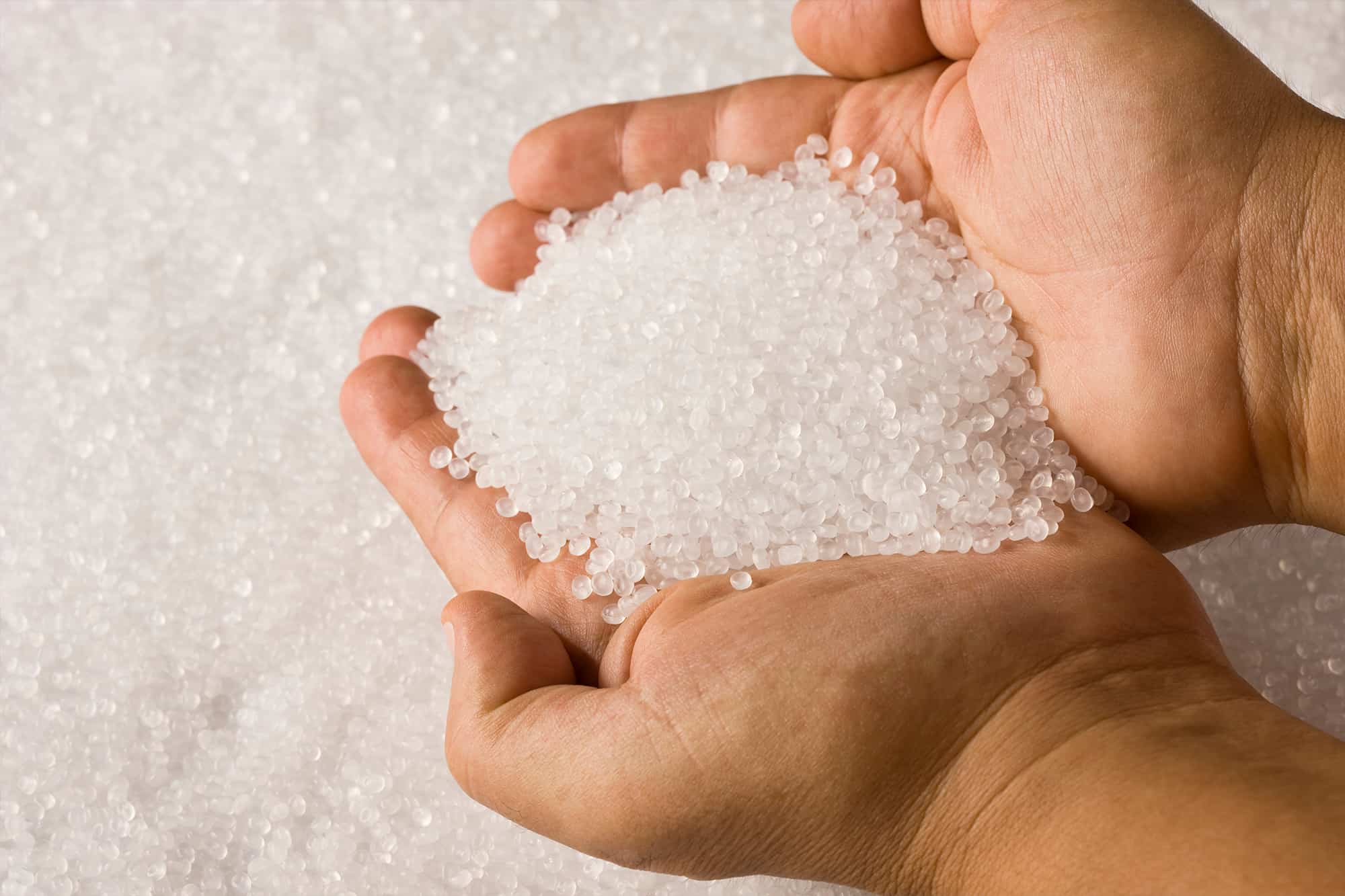
Polyester resin / latex industry
